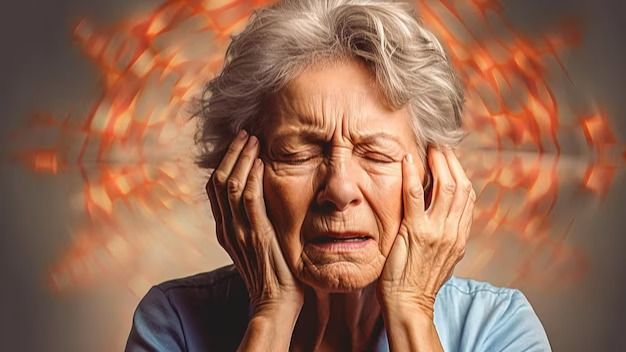A stroke occurs when the blood supply to the brain is abruptly cut off, either by a blockage in a blood vessel or a ruptured artery. This interruption causes brain cells to die from lack of oxygen, which can cause significant disabilities such as paralysis, speech difficulties, depression and cognitive decline.
Although factors such as age and genetics are beyond our control, managing health conditions such as hypertension and diabetes, along with adopting a healthier lifestyle, can dramatically reduce the risk of stroke. Effective stroke rehabilitation is crucial to recovery and often involves innovative therapies such as constraint-induced movement therapy, robotic assistance, and specific physical training to restore motor functions.
Occupational therapy plays a critical role in helping stroke survivors regain the ability to perform everyday activities. New research into therapies such as virtual reality and advanced drug treatments offer hope for further improving recovery. Recognizing the causes and symptoms of stroke, as well as the importance of timely rehabilitation, is essential to improving outcomes and mitigating the impact of this serious condition.
Strokes can be classified into two main types: ischemic and hemorrhagic. An ischemic stroke occurs when a blood vessel supplying the brain becomes blocked, preventing oxygen and nutrients from reaching brain tissue. In contrast, a hemorrhagic stroke results from a blood vessel in the brain bursting, leading to bleeding and subsequent damage.
Medical risk factors
High blood pressureCigarette smokingHigh cholesterolDiabetesLifestyle Risk factors:
ObesityPhysical inactivityExcessive or heavy alcohol consumptionUse of illegal drugs such as cocaine and methamphetamine
Symptoms of a stroke
Numbness, weakness, or paralysis on one side of the body, evident when attempting to raise both arms or smile, with one side potentially drooping. Stroke Rehabilitation: Rehabilitation is a multifaceted program designed to aid recovery and foster independence after a stroke. It typically involves a team of professionals providing physical, occupational, and speech therapies to restore function and improve quality of life.
Understanding the warning signs of stroke and effective rehabilitation methods is critical to reducing stroke-related disabilities and improving recovery outcomes.
Disclaimer:
The information contained in this post is for general information purposes only. We make no representations or warranties of any kind, express or implied, about the completeness, accuracy, reliability, suitability or availability with respect to the website or the information, products, services, or related graphics contained on the post for any purpose.
We respect the intellectual property rights of content creators. If you are the owner of any material featured on our website and have concerns about its use, please contact us. We are committed to addressing any copyright issues promptly and will remove any material within 2 days of receiving a request from the rightful owner.

